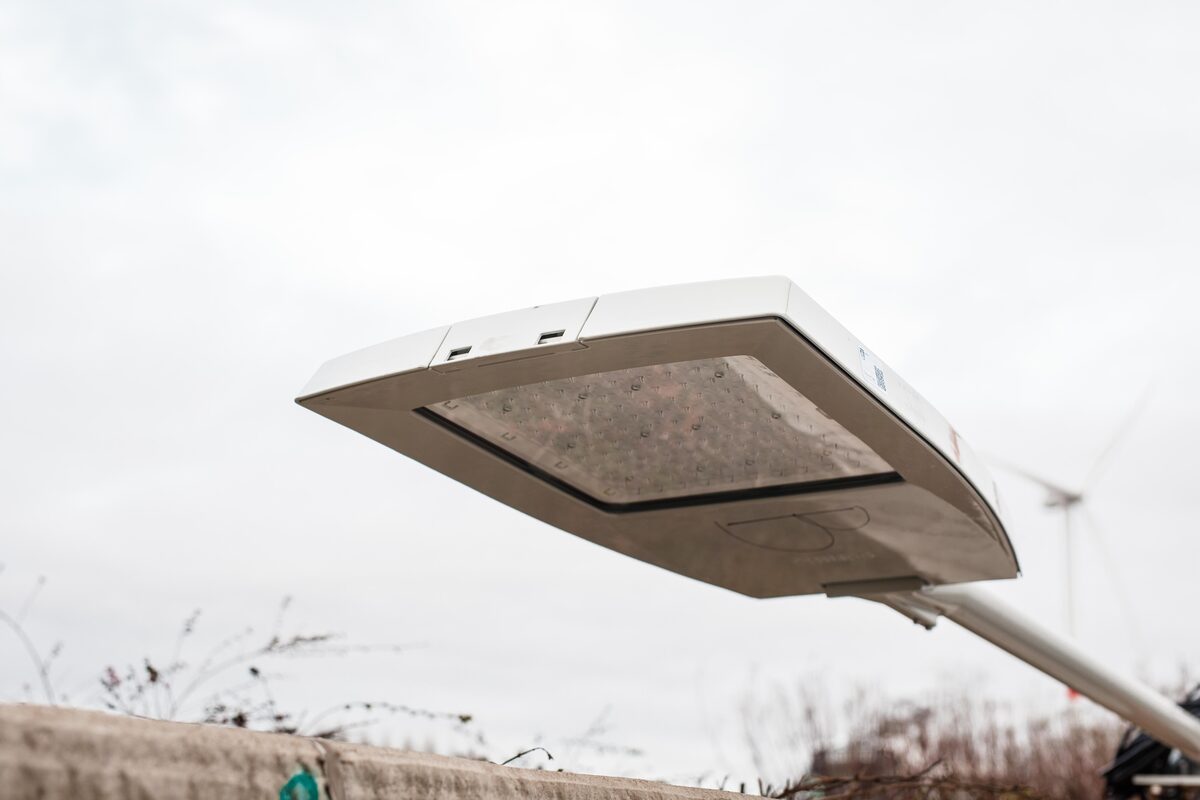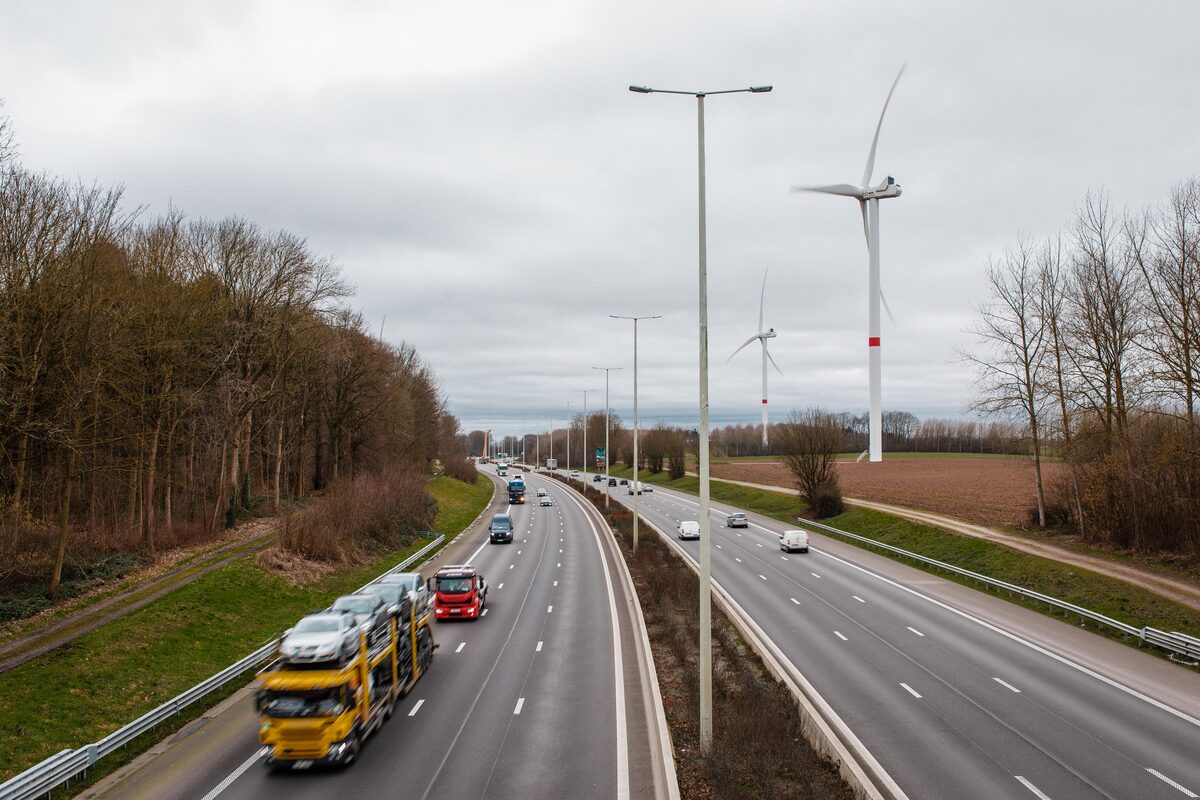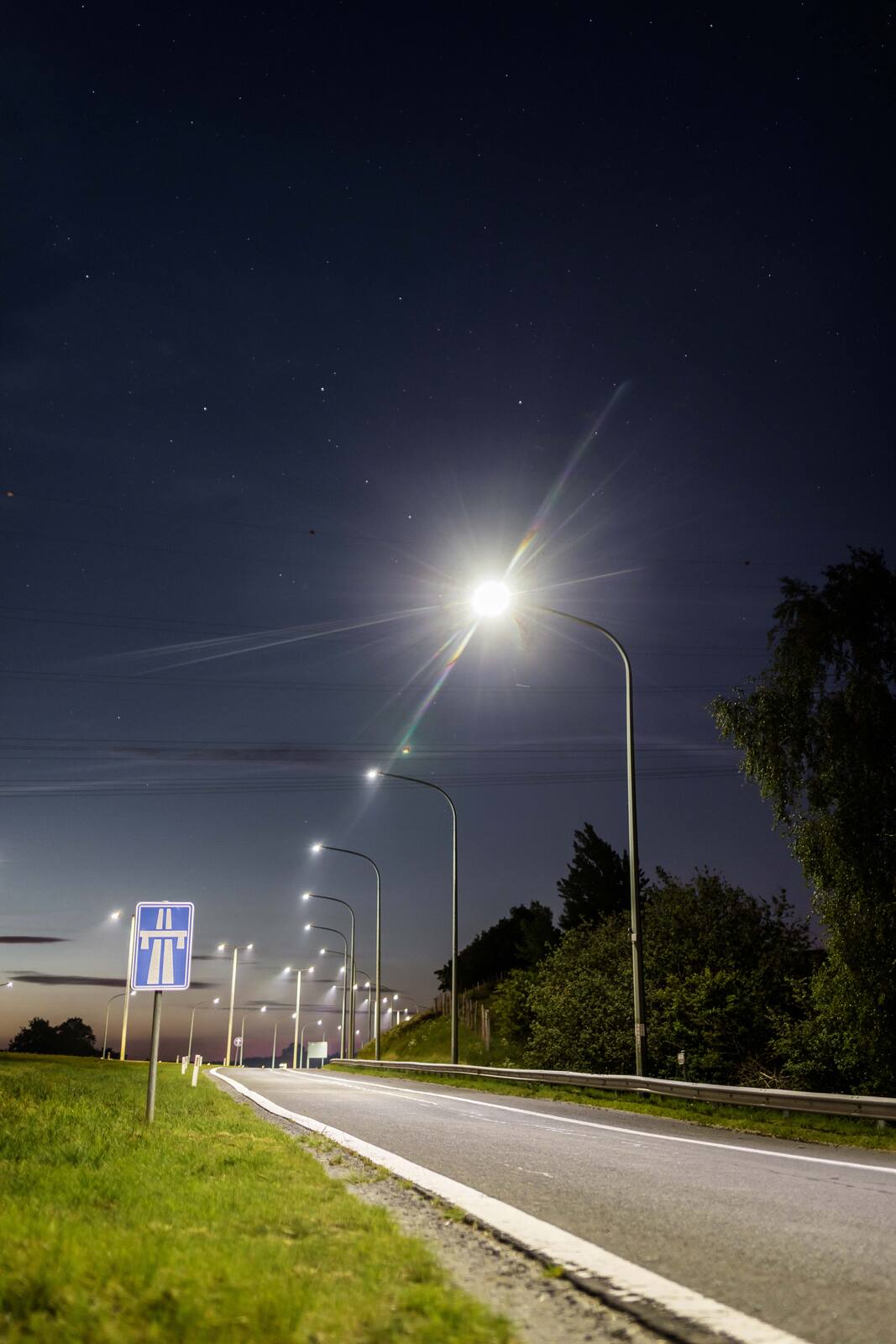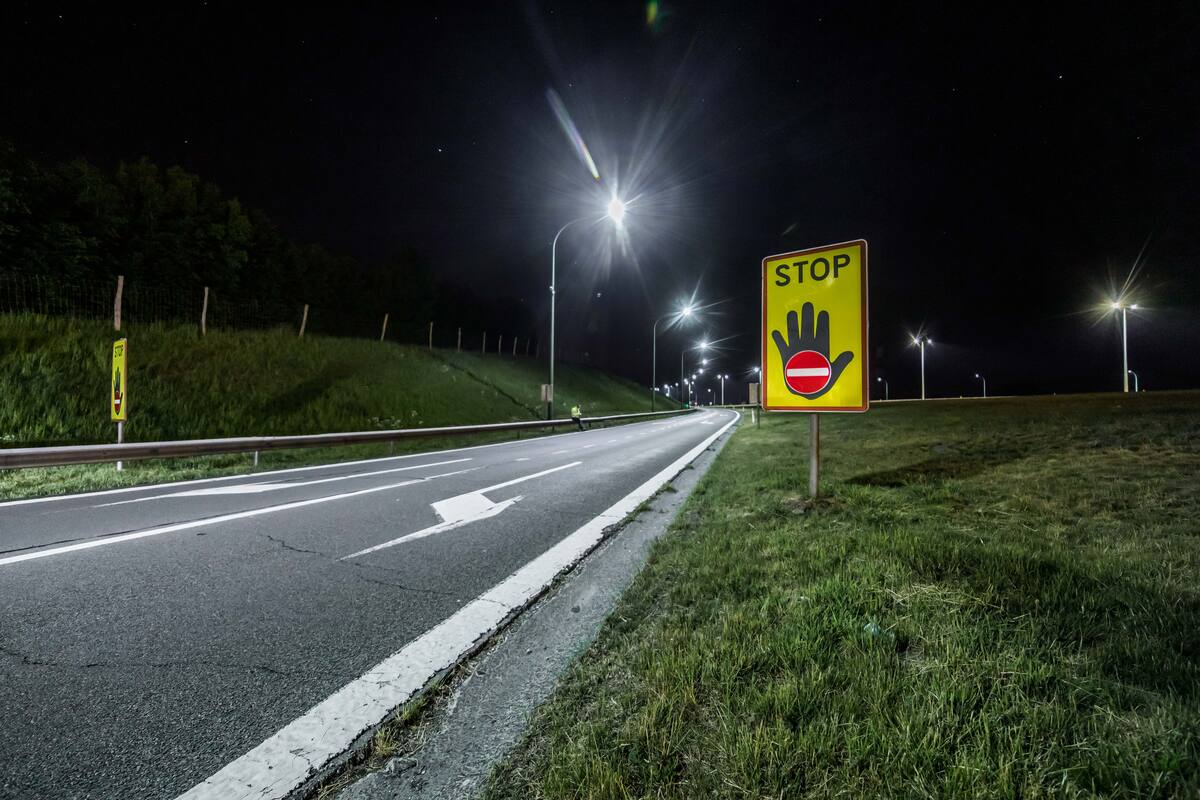Plan Lumières 4.0
Last modified by the author on 25/03/2021 - 14:49
- Year of commitment : 2019
- Address 1 - street : Rue Canal de l'Ourthe 9/3 4031 ANGLEUR, Belgique
- Diameter : 2700001
- CO2 Impact : 166,000 tonnes of C02 avoided and 76% energy savings
-
600 000 001 €
- Builder
LuWa (Citelum, DIF, Luminus, CFE) - Manager / Dealer
SOFICO
This building was awarded the Sustainable Infrastructure Grand Prize of the Green Solutions Awards 2020-21 at the national level; and a mention for the same category at the international level.
The Plan Lumières 4.0 aims to design, modernise, finance, manage and maintain the public lighting infrastructure on the 2,700 km of Wallonia's (Belgium's) road network. Carried out in the form of a PPP (public-private partnership) between the LuWa Group (a consortium led by Citelum, a subsidiary of the EDF Group) and SOFICO (the contracting authority for Wallonia's structural (auto)road network), the Lighting Plan places user safety, energy savings and ecology at the heart of its project. In addition to replacing all the lighting with LEDs, this plan also provides for the introduction of innovations that will result in significant energy savings and improved safety for road users.
Progress Status
In progress
Data Reliability
Self-declared
Funding Type
Public/Private Partnership
Website Enterprise / Infrastructure
https://www.luwa.be/Sustainable Development
Governance
SOFICO
Public Local Firm
LuWa (Citelum, DIF, Luminus, CFE)
Other
SOFICO
Public
The Enlightenment 4.0 Plan was concluded in March 2019 in the form of a PPP (public-private partnership) between SOFICO and the LuWa consortium. SOFICO benefits from technical assistance from the Public Service of Wallonia Mobility and Infrastructures (SPW MI) for this mission.
This Plan, which allows for the complete renovation of the lighting of major roads and makes it more efficient, with a budget of 600 million euros financed by SOFICO and spread over 20 years, i.e. 30 million per year. Thanks to the savings made by the placement of LED technology and by intensity modulation, the budget allocated to lighting by SOFICO remains similar to that previously allocated to this item.
Sustainable Solutions
- Security
- Other
- Other
- Urban Lighting
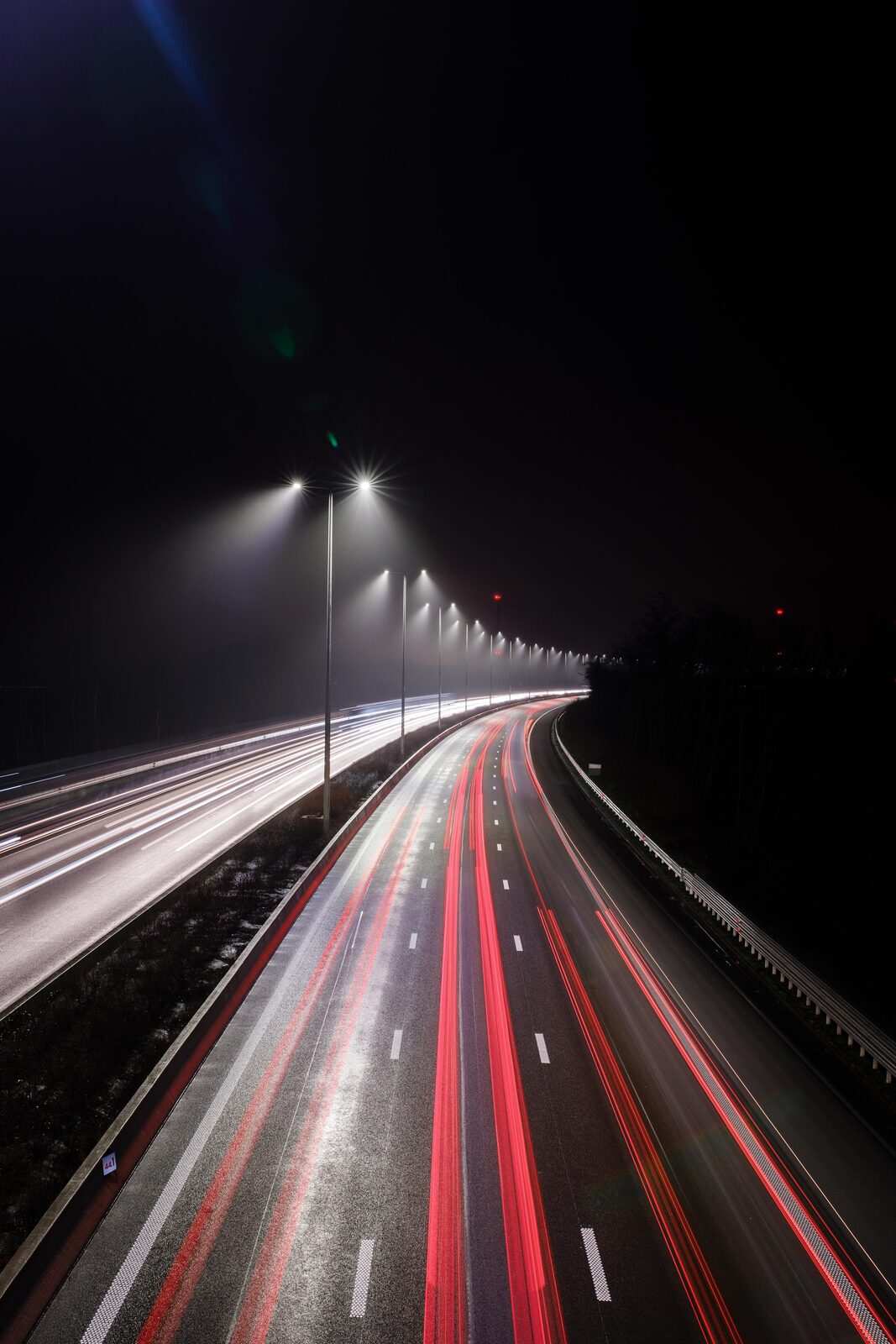
MUSE
More than an optimized CMMS, MUSE® offers many benefits for effectively monitoring and organizing the urban assets of cities.
On the MUSE® platform, all urban equipment is listed with its history and geolocation. This information is then used to define preventive maintenance rounds, plan renewals and manage malfunctioning problems.
In the case of the Plan Lumières 4.0, the city services and Citelum teams are quickly alerted via the platform of potential failures and are thus able to coordinate repairs and put the equipment back into service. MUSE® is also used to monitor the level of equipment consumption. With the help of reliable reports and indicators, sources of high consumption are identified in order to take the necessary measures to reduce energy expenditure and preserve resources.
166,00
Photo credit
LuWa / SOFICO
Reasons for participating in the competition(s)
L’innovation au service de l’environnement :
Grâce à la modernisation de l’éclairage public, des économies d’énergies seront réalisées à hauteur de 76% et 166 000 tonnes de CO2 seront épargnées. De plus le réseau routier se verra doté de 2500 caméras et capteurs qui permettront de déduire l’occupation de la chaussée. L’éclairage sera ainsi adapté au plus près des besoins des usagers tout en réalisant de nouvelles économies d’énergie et en préservant la biodiversité.
Ainsi l’éclairage sera adapté dans les Zones Natura 2000[1] en fonction des cycles nocturnes, des spécificités et du comportement de la faune et de la flore face à la lumière. Tout cela est rendu possible grâce aux nombreuses innovations apportées par ce projet.
Le Plan Lumières 4.0 s’inscrit dans une réelle démarche de développement durable. Au-delà des économies d’énergie, les choix de modernisation prennent en compte la durabilité et la pérennité des matériels et leur recyclage. La réduction des nuisances lumineuses, la préservation des zones naturelles et de la biodiversité sont également pris en compte. C’est ainsi que le groupement LuWa s’engage dans une démarche respectueuse de l’environnement.
La sécurité, une priorité :
La modernisation porte sur le remplacement des 110 000 points lumineux actuels par des luminaires dernière technologie LED, mais également sur la rénovation et le remplacement des points de commande, ainsi que de 31% des supports et le renouvellement de 20% de réseau souterrain.
Le Plan Lumières 4.0 propose de nombreuses technologies qui ont pour objectif de rendre les routes plus sûres pour les usagers. Un des grands piliers du Plan Lumières 4.0 réside dans la sécurité. Grâce à un dispositif de télégestion, l’éclairage est adapté aux situations et aux usagers. Les niveaux d’éclairement sont ainsi hiérarchisés selon les différents types d’axes routiers et sont modulés selon les situations soit de manière instantanée, soit de manière préprogrammée: échangeurs qui s’illuminent à l’arrivée d’un véhicule, lumière clignotante avertissant un conducteur à contresens, intensité lumineuse accentuée lors d’une mauvaise météo……
L’objectif est de maximiser le confort et la sécurité de l’usager grâce à un matériel d’un très haut niveau de performance. La mise en place d’un véritable schéma directeur d’aménagement des luminaires qui permet de bénéficier d’une meilleure lecture du réseau routier. Des engagements de performances élevés sont aussi relevés puisqu’après la modernisation des équipements la disponibilité instantanée des ouvrages sera garantie à 99,2%, la durée moyenne des pannes n’excédera pas 10 heures et tous les délais d’intervention seront réduits au maximum.
Ce projet tient également compte des travailleurs en effectuant la majorité des travaux de rénovation de nuit sur les axes à trafic important pour minimiser la gêne des conducteurs tout en assurant la sécurité des équipes d’interventions. Le balisage est quant à lui optimisé, en coordination avec les équipes du SPW, pour limiter la gêne et sa durée tout en garantissant une sécurité maximale pour les intervenants sur chantier et les usagers de la route.
[1] Sites naturels ou semi-naturels de l'Union européenne ayant une grande valeur patrimoniale
Building candidate in the category





